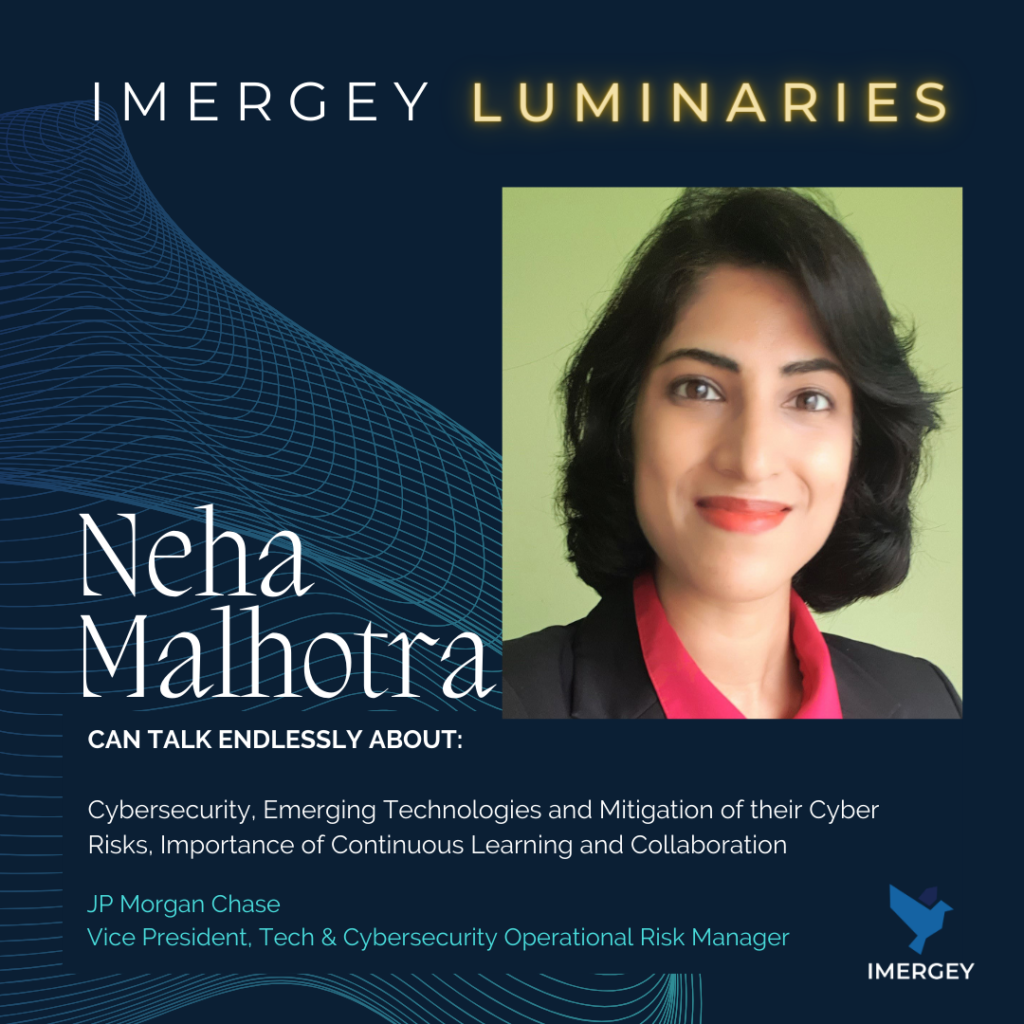
Beyond Borders: Leveraging Cloud Computing while Safeguarding Sensitive Data
Cloud computing has become an essential technology that powers businesses and organizations of all sizes. Its scalability, flexibility, and cost-efficiency have revolutionized the way we store, process, and access data. However, as the adoption of cloud computing continues to soar, concerns about security have become paramount. The ability to store data, run applications, and utilize computing power in the cloud has streamlined operations, enhanced collaboration, and accelerated innovation. However, the very attributes that make cloud computing so appealing, such as shared infrastructure and remote data storage, have raised concerns about data security. As organizations increasingly entrust their critical assets to the cloud, it becomes imperative to understand the intricate relationship between cloud computing and security, and implement robust measures to safeguard sensitive information.
Cloud computing is a general term for the delivery of hosted computing services and IT resources over the internet with pay-as-you-go pricing. Users can obtain technology services such as processing power, storage, and databases from a cloud provider, eliminating the need for purchasing, operating and maintaining on-premises physical data centers and servers.
cloud security
Cloud security is a collection of procedures and technology designed to address external and internal threats to business security. Organizations need cloud security as they move toward their digital transformation strategy and incorporate cloud-based tools and services as part of their infrastructure.
why is cloud security important?
In modern-day enterprises, there has been a growing transition to cloud-based environments and IaaS, Paas or SaaS computing models. The dynamic nature of infrastructure management, especially in scaling applications and services, can bring a number of challenges to enterprises when adequately resourcing their departments. These as-a-service models give organizations the ability to offload many of the time-consuming, IT-related tasks.
Pros
- Reduced Latency
- Bandwidth Optimization and Reliability
- Decrease in Server Resources and Associated Costs
- Enhanced Privacy and Security (sensitive data to be processed and stored locally)
Cons
- Potential Increase for Malicious Attackers
- Requires More Hardware: Complexities of managing a large number of devices (data consistency/synchronization, cost, and maintenance)
the role of ai in investment banking
LACK OF VISIBILITY
Easy to lose track of how your data is accessed and by whom, since many cloud services are accessed outside of corporate networks and through third parties.
Multitenancy
Public cloud environments house multiple client infrastructures under the same umbrella. Multitenancy
Access management
Dangerous for organizations that don't deploy bring-your-own device (BYOD) policies and allow unfiltered access to cloud services from any device or geolocation.
Compliance
Regulatory compliance management is oftentimes a source of confusion for enterprises that use public or hybrid cloud deployments.
Misconfigurations
A substantial portion of breached records can be attributed to misconfigured assets, making the inadvertent insider a key issue for cloud computing environments.
what TYPE OF cloud security SOLUTIOMS ARE AVAILABLE?
- Identity and access management (IAM)
- Data loss prevention (DLP)
- Security information and event management (SIEM)
- Business continuity and disaster recovery
Cloud security benefits
- Lower upfront costs
- Reduced ongoing operational and administrative expenses
- Increased reliability and availability
- Centralized security Greater ease of scaling Improved
- DDoS protection
Who is responsible for securing our data?
Cloud providers and customers share responsibility for cloud security. The exact breakdown of responsibilities will depend on your deployment and whether you choose IaaS, PaaS, or SaaS as your cloud computing service model. In general, a cloud provider takes responsibility for the security of the cloud itself, and you are responsible for securing anything inside of the cloud, such as data, user identities, and their access privileges (identity and access management).





































































